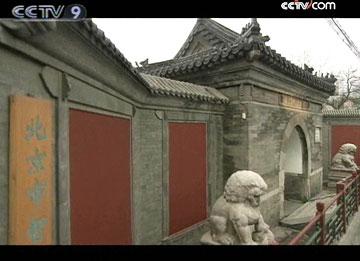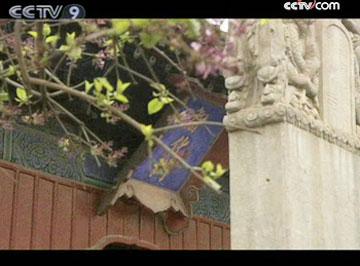Beijing is home to a host of centuries-old Buddhist temples. Some were built for ordinary people, while others were only for the privileged members of the imperial court. Come with us as we take a look inside some of these temples.
Zhihua Temple
The Zhihua Temple, in Lumicang Hutong of Beijing's Dongcheng District, was built in the year 1443 during the Ming Dynasty.

It was formerly the ancestral temple of Wang Zhen, a eunuch of the Rites Supervising Office in the Ming Dynasty. Passing through the temple gate, there are the Clock Pavilion and the Drum Pavilion, the Gate of Wisdom and Cultivation, the Hall of Wisdom and Cultivation, the Hall of Great Wisdom, the Tibetan Hall, the Hall of Tathagata, the Hall of Great Sorrow and more. Among them, the Hall of Tathagata is the most exquisite and elegant. It has two levels and enshrines the Statue of Tathagata.

A wooden version of Tripitaka completed during the reign of Emperor Qianlong was kept in the Zhihua Temple. It contains 724 sections in more than 7,240 volumes and 1,675 Buddhist sutras. It weighs 400 tons and is one of two wooden versions of Tripitaka in Chinese in the world. The other is the Korean Version of Tripitaka, which is kept in the Haiyin Temple in Korea.
The roofs of the main buildings in the temple are covered with black glazed tiles. Despite several repairs, the main parts of the buildings, such as vaults, roof beams and colored paintings, still preserve the characteristics of structures in the early Ming Dynasty. It is the most intact complex of temple buildings of the Ming Dynasty in Beijing.